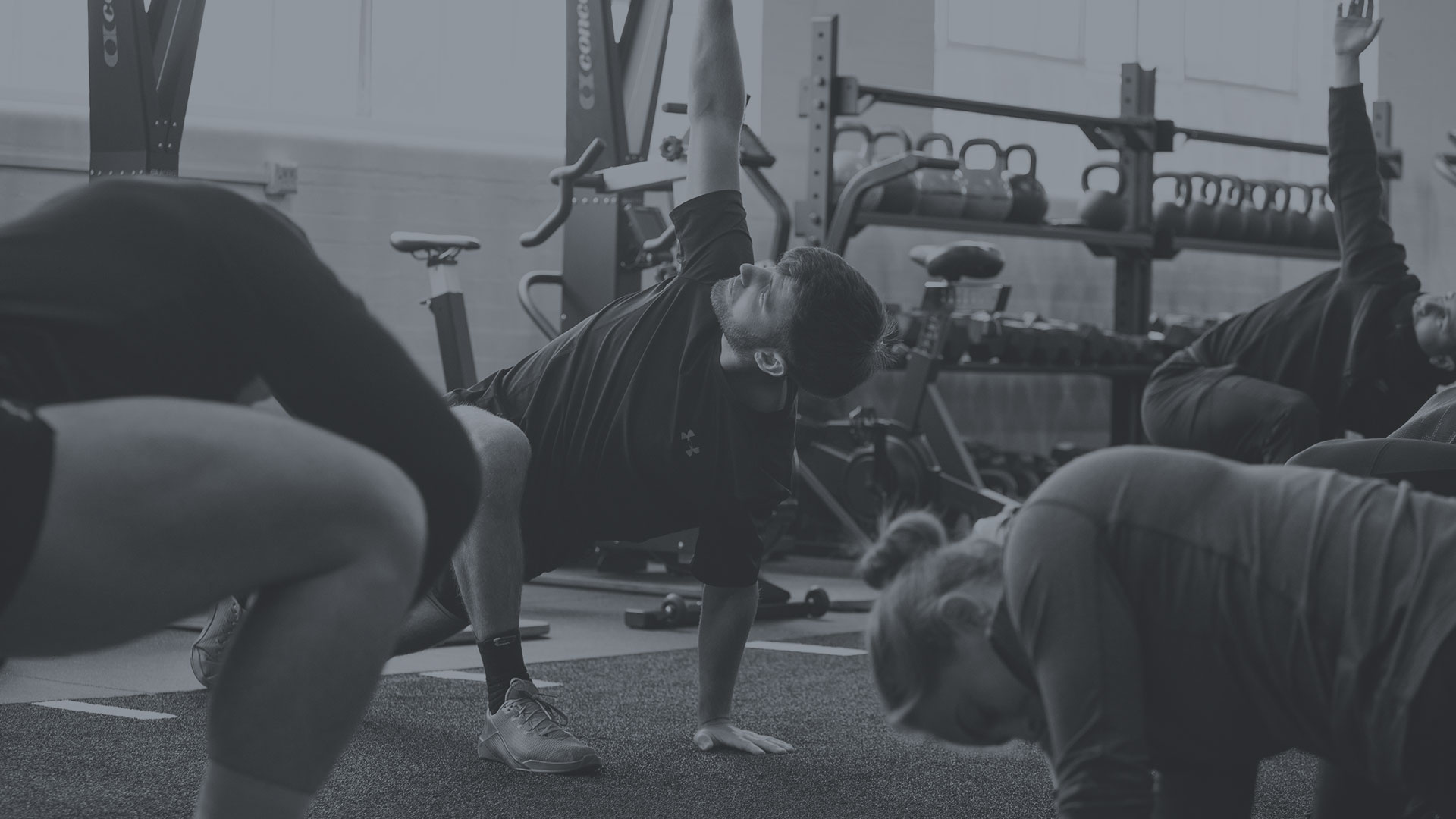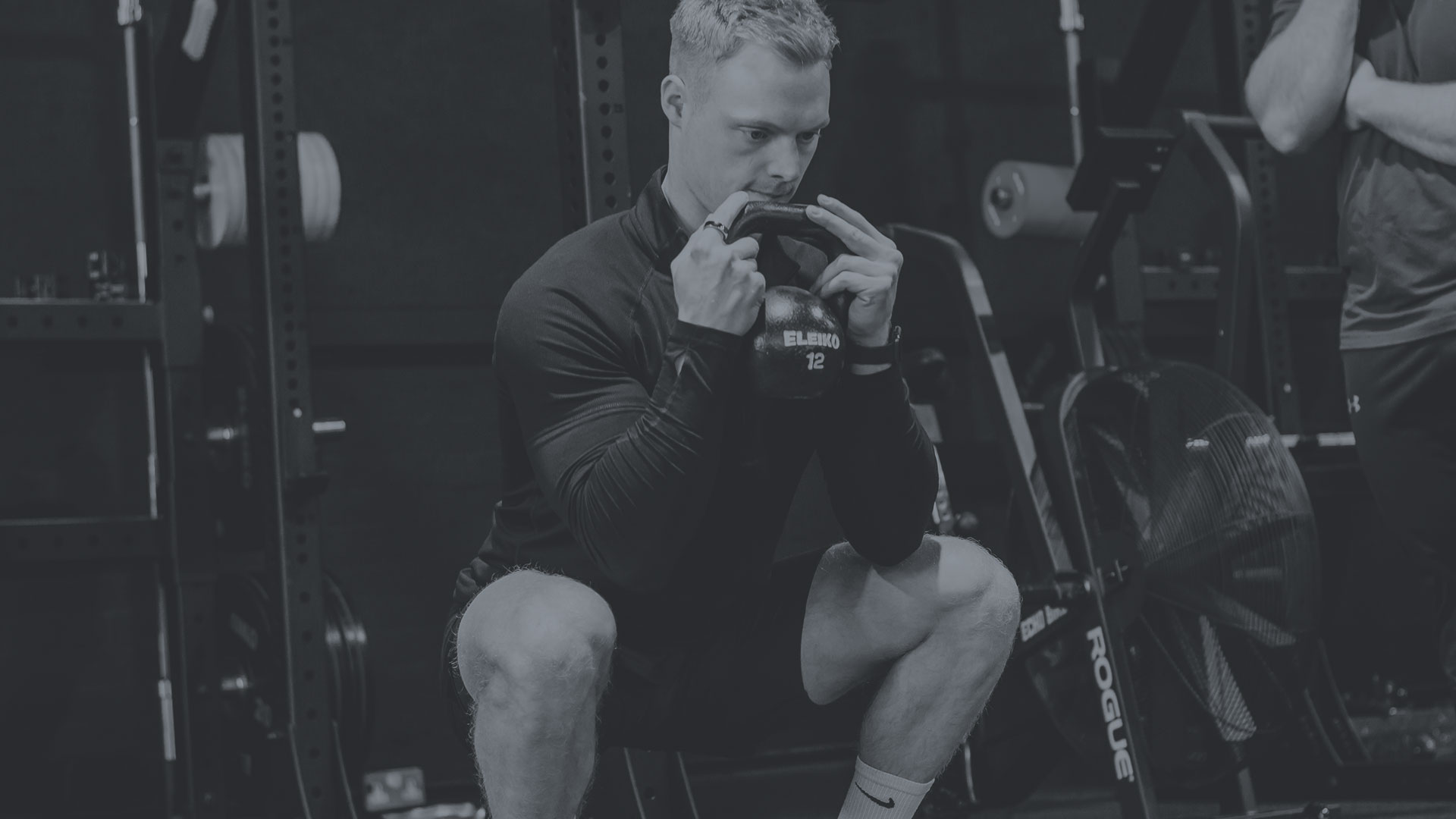Space & Rules
I’ve been exploring the subject of creativity in my own learning of late.
High in openness myself, creativity and abstract thought tend to be the lens through which I see the world.
Understanding this as a bias of mine, I’ve delayed digging into it in any great detail over the years in favour of prioritising my education towards thoughts and pursuits that come less naturally to me. Challenging my weaknesses if you like.
Interestingly, even as I’ve explored other areas of study throughout my career, the lens through which I filter the inputs proves difficult to reshape. The creative standpoint seems to be my default.
The outcome of this for me when receiving information is that absolutes and constrictive rules, no matter how useful, tend to jar against my more abstract and subjective bias.
With this in mind, a useful skill I’ve learned and continue to try and implement is to hold my filters more softly. Not to ignore them or override them; rather, acknowledge them whilst sliding them aside in order to create more space for broader thoughts and ideas to get through – Ultimately, challenge my beliefs and biases.
It will come as no surprise that most things I consume, I relate in some way to the practice of coaching. Learning more deeply about creativity is no different.
Having always seen our profession as a creative act, a couple of general thought processes have stood out so far…
Space
Having consciously and wilfully committed to a process, idea, or pattern in our ‘work’, the idea here is that breakthrough will only occur once we stop working.
Once we stop working, space is created between the task and relaxation. This space is referred to as the transition.
In the transition, our unconscious mind that has been whirring away in the background, integrating our thoughts without our knowledge or effort, is now able to push through its shoots of inspiration.
Examples of this would be ideas, moments of clarity or inspiration that pop into our mind as we lie in bed before sleep, stand in the shower, or walk the dog, etc.
In coaching terms, understanding this as a principle allows us to provide sufficient space for our clients in order for their unconscious to do its thing.
By this very thought, we can also appreciate that demanding an outcome as part of the work might actually be counterproductive.
Sew the seed, then leave it with them to grow – Guide and refine as you go.
Rules
The function of rules is to provide space for freedom of expression through structure, order and limitation.
However, too many rules close the space intended for freedom – for innovation and evolution.
Whilst it can be helpful for our development to begin by building our framework of understanding from a tighter bound foundation of truth, we must remember that those truths emanate from a very specific environment or context, at a snapshot in time.
With this in mind, in order for rules to serve us in the messy and unpredictable reality of coaching [and life], we must hold them loosely and softly.
Rules then guide our open and creative approach to any given situation as assumptions and insights, rather forcing rigid absolutes.






